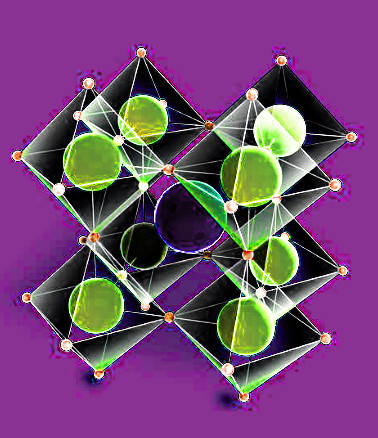Chilli drives solar advance
 Engineers have spiced up new solar cells by adding a touch of chilli.
Engineers have spiced up new solar cells by adding a touch of chilli.
Scientists in China and Sweden have determined that a pinch of capsaicin, the chemical compound that gives chilli peppers their spicy sting, may be a secret ingredient for more stable and efficient perovskite solar cells.
The addition resulted in solar cells with the most efficient charge transport to date.
Metal halide perovskite semiconductors are considered the next big advance in solar cell technologies, but they are plagued by ‘nonradiative recombination’; an undesirable electron-level process that reduces efficiency and exacerbates heat losses.
The new study shows that capsaicin can greatly reduce the perovskite film's defect density, increasing electron density by an order of magnitude and boosting charge transport. Additionally, the team observed a smaller leakage current in solar cells containing the chili pepper compound, suggesting it successfully suppressed nonradiative recombination.
While capsaicin may provide a low-cost, widely available additive for the future development of scaled-up, highly efficient perovskite solar cells, further research is required to investigate the compound's effect on non-toxic, lead-free perovskites such as inorganic perovskite and double perovskite. Additionally, the material's stability must be further honed before it will be ready for commercial applications.
“We will further focus on the relationship between chemical structures of natural forest-based biomaterial additives, their interaction with photoactive materials, and the corresponding photovoltaic performance,” says Dr Qinye Bao, a senior author of the study from East China Normal University.







 Print
Print